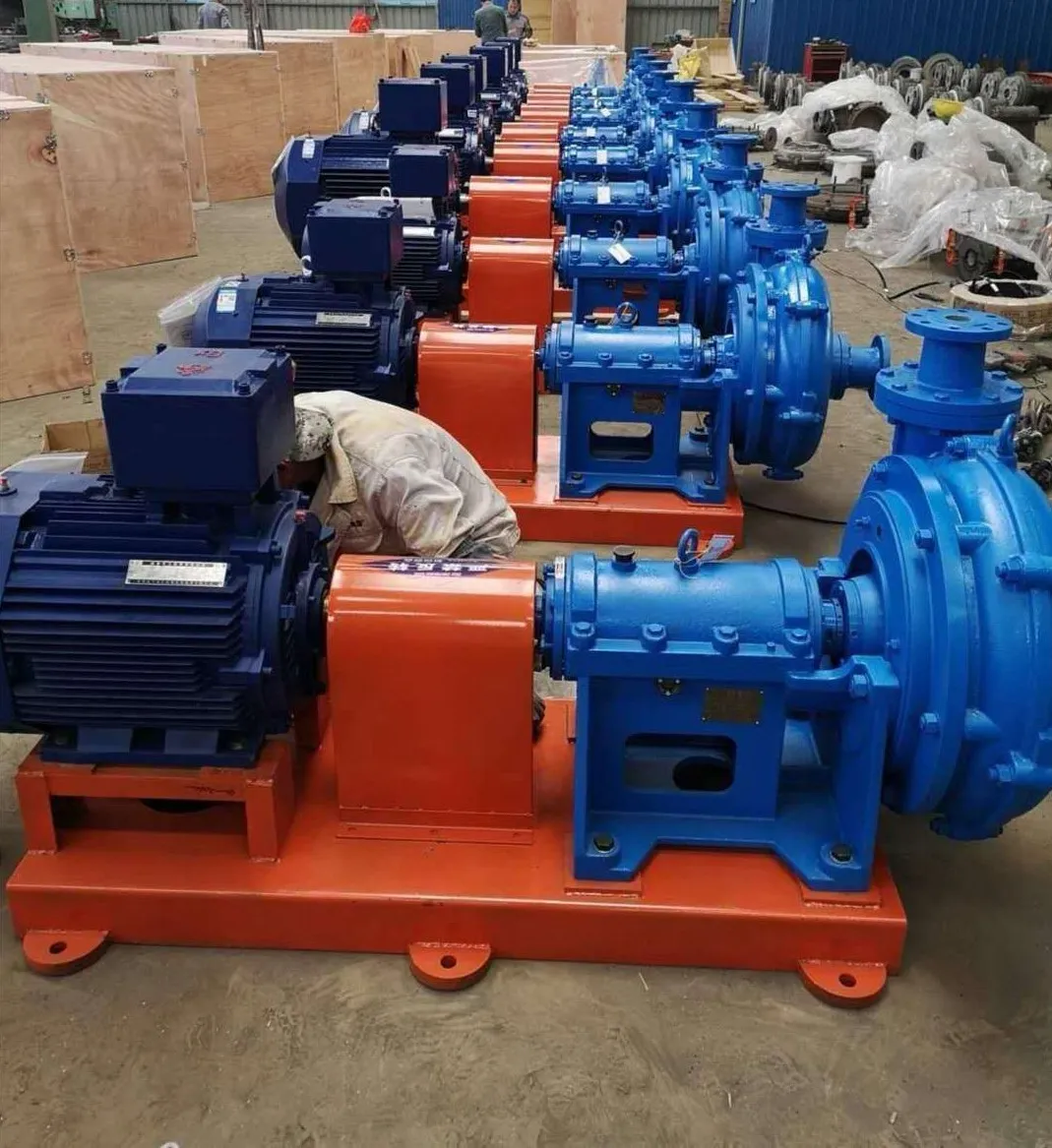Afrikaans
- Afrikaans
- Albanian
- Amharic
- Arabic
- Armenian
- Azerbaijani
- Basque
- Belarusian
- Bengali
- Bosnian
- Bulgarian
- Catalan
- Cebuano
- Corsican
- Croatian
- Czech
- Danish
- Dutch
- English
- Esperanto
- Estonian
- Finnish
- French
- Frisian
- Galician
- Georgian
- German
- Greek
- Gujarati
- Haitian Creole
- hausa
- hawaiian
- Hebrew
- Hindi
- Miao
- Hungarian
- Icelandic
- igbo
- Indonesian
- irish
- Italian
- Japanese
- Javanese
- Kannada
- kazakh
- Khmer
- Rwandese
- Korean
- Kurdish
- Kyrgyz
- Lao
- Latin
- Latvian
- Lithuanian
- Luxembourgish
- Macedonian
- Malgashi
- Malay
- Malayalam
- Maltese
- Maori
- Marathi
- Mongolian
- Myanmar
- Nepali
- Norwegian
- Norwegian
- Occitan
- Pashto
- Persian
- Polish
- Portuguese
- Punjabi
- Romanian
- Russian
- Samoan
- Scottish Gaelic
- Serbian
- Sesotho
- Shona
- Sindhi
- Sinhala
- Slovak
- Slovenian
- Somali
- Spanish
- Sundanese
- Swahili
- Swedish
- Tagalog
- Tajik
- Tamil
- Tatar
- Telugu
- Thai
- Turkish
- Turkmen
- Ukrainian
- Urdu
- Uighur
- Uzbek
- Vietnamese
- Welsh
- Bantu
- Yiddish
- Yoruba
- Zulu
Telephone: +86 13120555503
Email: frank@cypump.com
Des . 29, 2024 18:36 Back to list
Enhanced Peristaltic Pump Design for Precise Slurry Handling and Efficient Operation
Efficient Peristaltic Pump for Handling Slurry with Precision
In industrial processes where the movement of slurries—mixtures of solids and liquids—is essential, the efficiency and precision of pumping systems are critical. Among various options available for handling these complex mixtures, peristaltic pumps have emerged as a highly effective solution. This article explores how peristaltic pumps work, the advantages they offer for slurry handling, and their applications in various industries.
Understanding Peristaltic Pumps
Peristaltic pumps are positive displacement pumps that operate by creating a series of compressions and decompressions within a flexible tubing. The operation mimics the natural peristaltic movement observed in biological systems, where the contraction of muscles moves fluids through a tube. In a typical peristaltic pump, a rotor with several rollers compresses the flexible tube. As each roller moves around the rotor, it pinches the tube, pushing the fluid within it towards the discharge. This action is very efficient for handling viscous, shear-sensitive fluids like slurries.
Advantages of Peristaltic Pumps for Slurry Handling
1. Gentle Handling of Materials One of the standout features of peristaltic pumps is their ability to handle slurry without damaging the solid components. This is particularly important in applications where the integrity of the solid particles must be preserved, such as in the food processing and pharmaceutical industries.
2. Variable Flow Rates Peristaltic pumps are easily adjustable, allowing operators to customize the flow rate according to specific requirements. This precision is essential for processes that demand consistent and accurate dosing of slurries.
3. Self-Priming Capability Peristaltic pumps can start pumping against a vacuum and do not require priming. This feature significantly reduces the time needed for maintenance and ensures reliable operation in challenging environments.
4. Reduced Risk of Contamination Since the fluid only comes into contact with the inside of the tubing, there is minimal risk of contamination. This makes peristaltic pumps ideal for applications in sensitive industries, where contaminant-free processes are crucial.
efficient peristaltic pump for handling slurry with precision ...

5. Ease of Maintenance With fewer moving parts compared to traditional centrifugal pumps, peristaltic pumps are relatively easy to maintain. The tubing can be replaced quickly and without the need for extensive disassembly, thereby minimizing downtime.
6. Versatility Peristaltic pumps can handle a wide range of slurries, from food-grade materials to heavy industrial sludges. This versatility makes them suitable for many applications, including mining, wastewater treatment, and chemical manufacturing.
Applications in Various Industries
Peristaltic pumps are employed in numerous sectors due to their advantages. In the food and beverage industry, they are used for transferring fruit juices, syrups, and other viscous liquids without altering their quality. In pharmaceutical manufacturing, they ensure precise dosing of active ingredients, adhering to stringent quality control standards.
In mining operations, peristaltic pumps are utilized for pumping thick slurries containing ore and water, effectively handling high-solids content with minimal wear on the pump components. Similarly, in the wastewater treatment sector, they facilitate the movement of sludge while ensuring minimal disruption to the particulate matter.
In the biotechnology field, peristaltic pumps play a crucial role in bioreactors and fermentation processes, where careful control of nutrient supply is paramount. Their ability to operate without introducing shear stresses makes them a preferred choice for sensitive biological materials.
Conclusion
The efficiency and precision of peristaltic pumps make them an excellent option for handling slurries across various industries. With their gentle handling characteristics, adjustable flow rates, self-priming capabilities, and reduced risk of contamination, they stand out as a reliable choice for applications that require consistent performance without compromising the quality of the materials being pumped. As industries continue to seek advanced solutions for fluid transfer, peristaltic pumps are likely to play an increasingly vital role in enhancing operational efficiency and product quality.
-
Horizontal Split Case Pump with GPT-4 Turbo | High Efficiency
NewsAug.01,2025
-
ISG Series Pipeline Pump - Chi Yuan Pumps | High Efficiency, Durable Design
NewsAug.01,2025
-
Advanced Flue Gas Desulfurization Pump with GPT-4 Turbo | Durable & Efficient
NewsJul.31,2025
-
ISG Series Vertical Pipeline Pump - Chi Yuan Pumps | Advanced Hydraulic Design&Durable Construction
NewsJul.31,2025
-
ISG Series Vertical Pipeline Pump - Chi Yuan Pumps | Energy Efficient & Low Noise
NewsJul.31,2025
-
pipeline pump - Chi Yuan Pumps Co., LTD.|High Efficiency&Low Noise
NewsJul.31,2025










